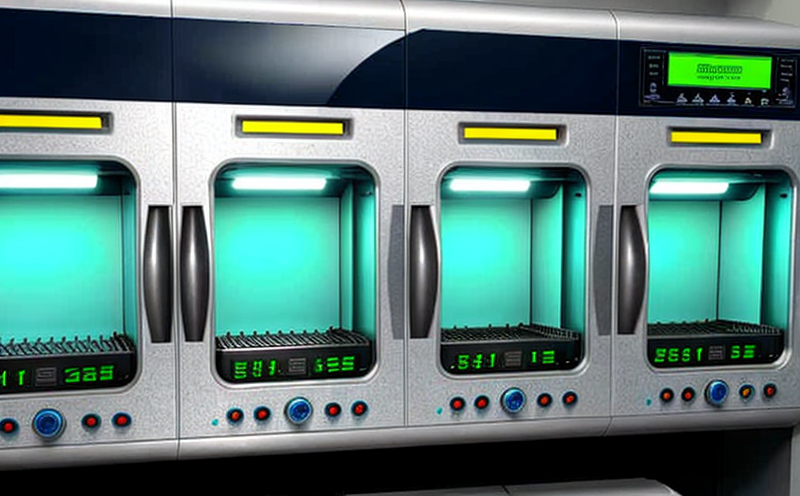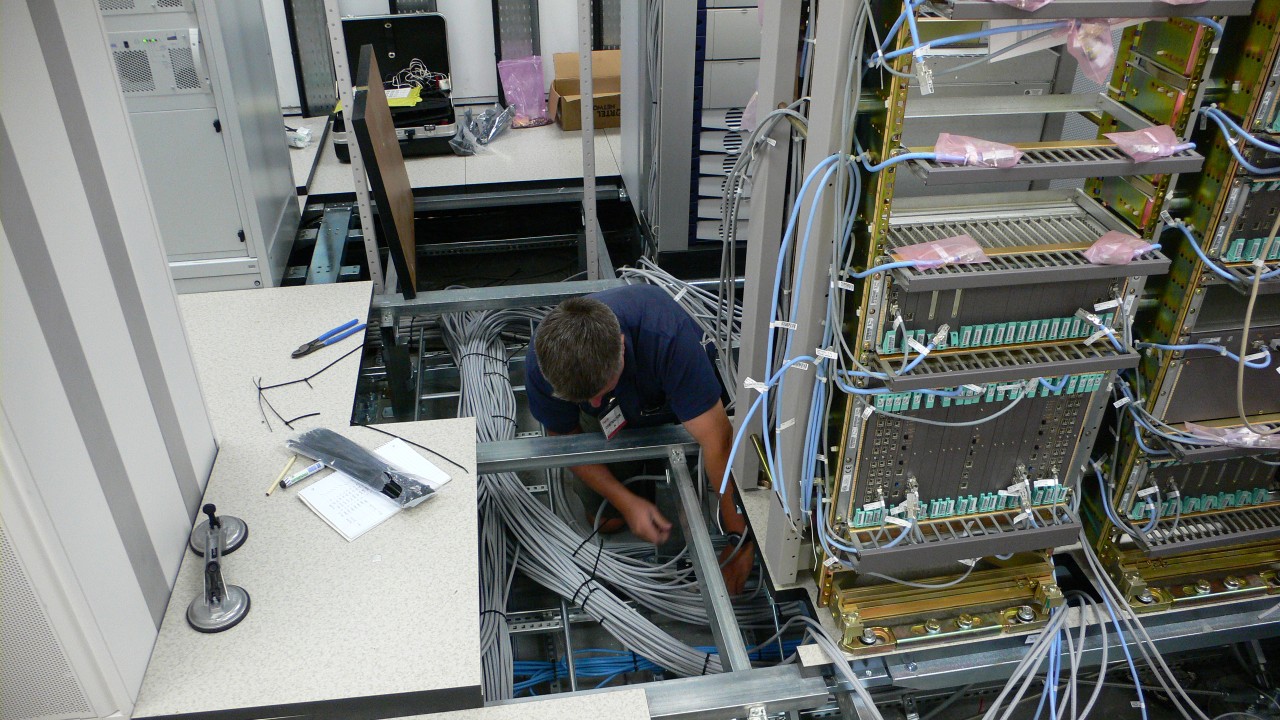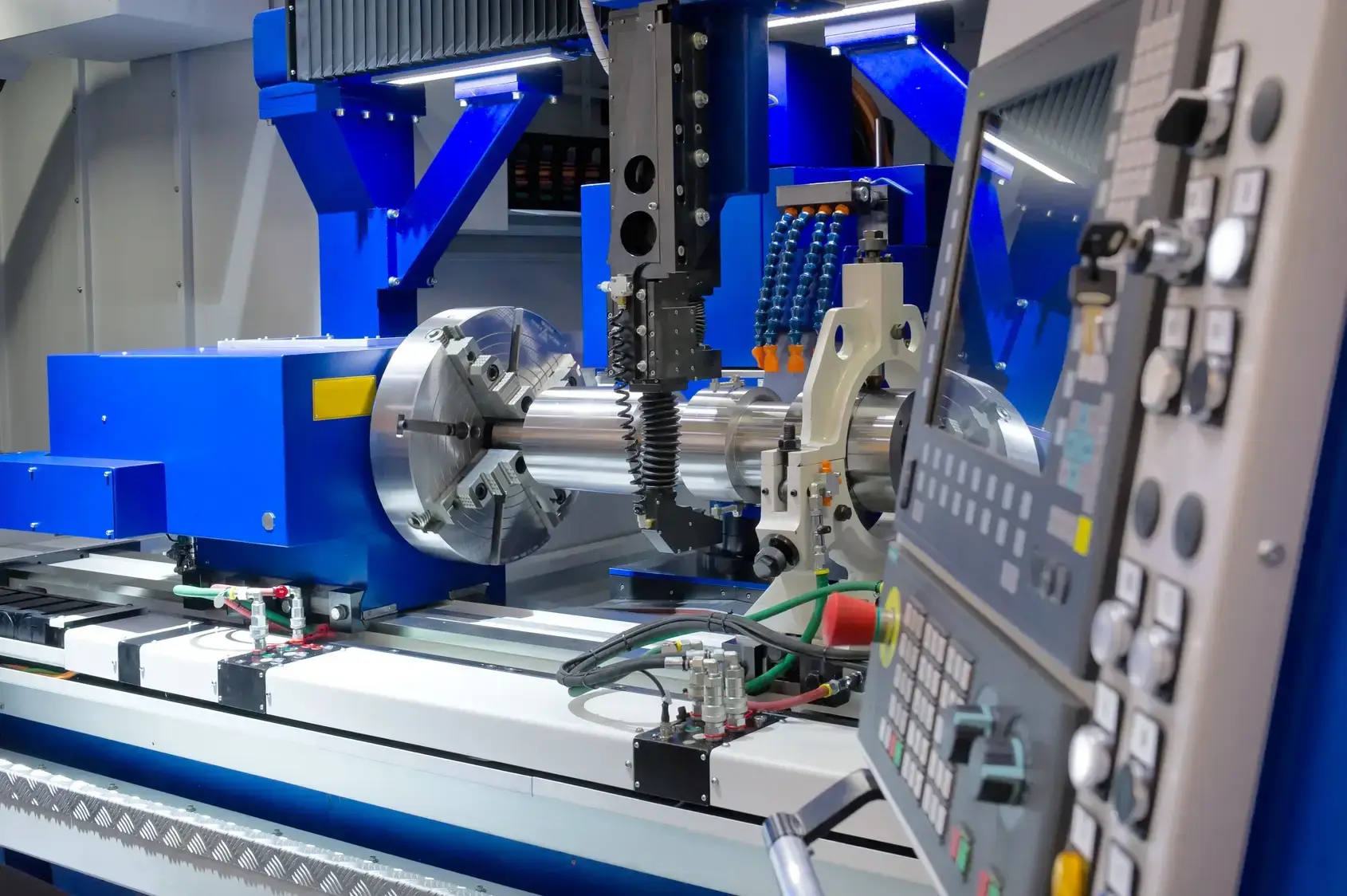Simulating various stress conditions to ensure the reliability of products under everyday use and extreme conditions
Ensuring Reliability in Extreme Conditions The Importance of Simulating Stress on Products
In todays fast-paced and competitive business landscape, companies are constantly seeking ways to improve the quality and reliability of their products. One crucial step in achieving this goal is simulating various stress conditions to ensure that products can withstand everyday use and extreme circumstances. At Eurolab, our team of experts offers a comprehensive laboratory service designed to put your products through rigorous testing, providing you with the peace of mind that comes with knowing your products are reliable and durable.
What is Simulating Stress on Products?
Simulating stress on products involves subjecting them to controlled conditions that mimic real-world environments, allowing for thorough evaluation of their performance under various scenarios. This includes exposing products to extreme temperatures, humidity levels, vibrations, and other factors that can affect their functionality and lifespan. By simulating these stress conditions in a laboratory setting, manufacturers can identify potential weaknesses and design improvements before releasing their products to the market.
Why is Simulating Stress on Products Essential for Businesses?
Incorporating simulation testing into your product development process has numerous benefits, including
Improved Product Reliability By identifying potential flaws and weaknesses, you can make necessary adjustments to ensure your products meet or exceed customer expectations.
Reduced Warranty Claims and Returns When products are designed with reliability in mind, customers are less likely to experience issues, resulting in lower warranty claims and returns.
Enhanced Customer Satisfaction Products that perform consistently under various conditions instill confidence in customers, fostering loyalty and promoting positive word-of-mouth marketing.
Compliance with Industry Standards Simulation testing helps ensure your products meet or exceed regulatory requirements, minimizing the risk of costly recalls and reputational damage.
Cost Savings Identifying and addressing potential issues during development stages can significantly reduce production costs and minimize the financial burden of product failures.
Key Benefits of Simulating Stress on Products
Some of the key benefits of simulating stress on products include
Improved durability and lifespan By testing products under extreme conditions, manufacturers can identify areas for improvement, leading to more reliable and long-lasting products.
Enhanced performance in various environments Simulation testing helps ensure products function optimally across different temperature ranges, humidity levels, and other environmental factors.
Reduced risk of product failure Identifying potential weaknesses enables manufacturers to make necessary adjustments, minimizing the likelihood of product failures and associated costs.
Compliance with industry regulations Simulation testing helps ensure products meet or exceed regulatory requirements, reducing the risk of costly recalls and reputational damage.
How Does Eurolabs Simulating Stress on Products Service Work?
At Eurolab, our team of experts employs state-of-the-art equipment and rigorous testing protocols to simulate various stress conditions on your products. Our comprehensive service includes
Temperature Testing Exposure to extreme temperatures (e.g., -40C to 150C) to evaluate thermal stability.
Humidity Testing Exposing products to high or low humidity levels to assess their performance in wet or dry environments.
Vibration Testing Subjecting products to various vibration patterns and amplitudes to simulate real-world conditions, such as transportation or industrial settings.
Shock and Drop Testing Evaluating a products ability to withstand impacts and drops, simulating real-world scenarios.
Frequently Asked Questions (FAQs)
Q What types of products can be tested using simulation methods?
A Our team at Eurolab can test various types of products, including electronics, mechanical components, chemical substances, and more.
Q How long does the testing process typically take?
A The duration of testing varies depending on the complexity of the product and the specific conditions being simulated. Our experts will work with you to determine the most efficient testing schedule.
Q What are the benefits of simulating stress on products compared to in-field testing?
A Simulation testing offers several advantages, including reduced costs, accelerated development timelines, and improved accuracy due to controlled environments.
Q Can Eurolabs simulation services be customized to meet specific industry or regulatory requirements?
A Yes, our team is experienced in adapting our simulation protocols to comply with various industry standards and regulations.
Conclusion
In todays competitive market, manufacturers must ensure their products are reliable, durable, and capable of performing consistently under various conditions. By simulating stress on products, businesses can identify potential weaknesses, improve product performance, and reduce the risk of warranty claims and returns. At Eurolab, our comprehensive laboratory service is designed to provide you with the confidence that comes with knowing your products have been thoroughly tested and validated for reliability in extreme conditions.
-
Testing the ability of consumer products to withstand twisting or rotational forces without failure
-
Assessing the performance of mechanical components like screws, bolts, and fasteners under tension and torque
-
Evaluating the structural integrity of products that undergo rotational or tensile stress during use
-
Simulating real-world conditions where products are subjected to twisting, pulling, or stretching forces
-
Testing materials for their resistance to deformation when torque or tension is applied
-
Verifying the strength of connections and joints in consumer products like furniture or machinery
-
Assessing the durability of products that need to withstand torque or tension over long periods
-
Testing for potential failure points or weak spots in consumer products exposed to torque or tension
-
Simulating the impact of heavy load or excessive twisting forces on products during use or transport
-
Evaluating the effectiveness of design features that distribute tension or torque evenly across products
-
Testing the mechanical limits of consumer products under both static and dynamic tension or torque conditions
-
Verifying the ability of products to maintain their structural integrity under varying force conditions
-
Assessing the long-term performance of products exposed to cyclic or repetitive torque and tension
-
Testing the resistance of fasteners, adhesives, or bonding materials to torque and tension forces
-
Simulating real-life scenarios like tightening, loosening, or pulling motions to evaluate product strength
-
Testing the tension tolerance of fabrics, ropes, and other flexible materials used in consumer products
-
Assessing the strength of critical components like handles, hinges, or levers under torque and tension loads
-
Verifying that products are designed to distribute stresses evenly and avoid concentration of force
-
Testing for the durability of materials like metals, plastics, and composites under torque or tension
-
Evaluating product failure modes caused by excessive torque or tension, such as cracking, bending, or detachment




